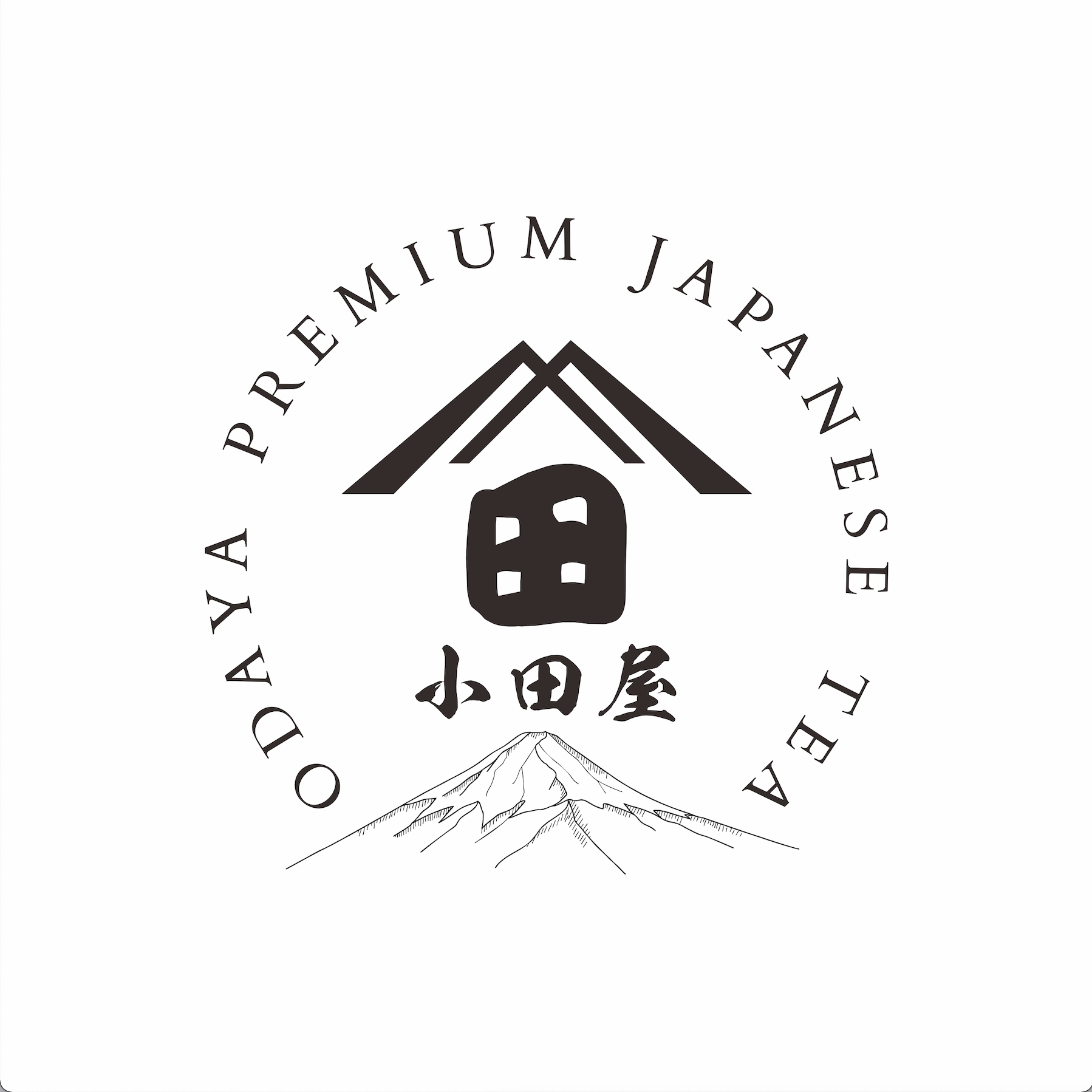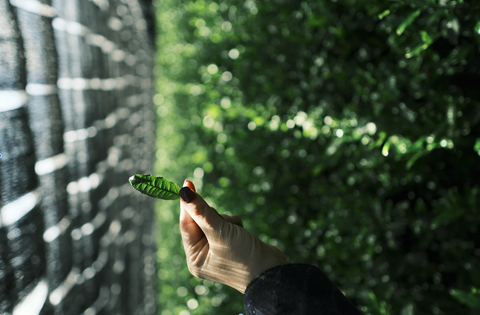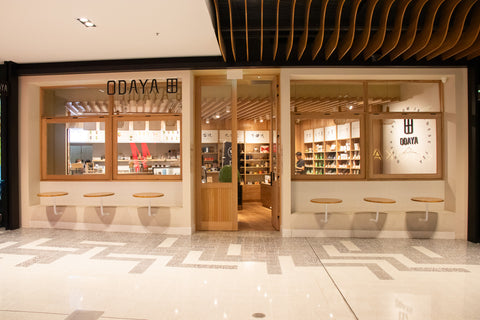About Uji Tea

Uji tea is the collective name for all Japanese green teas produced in Uji, Kyoto. The three main types of Uji tea are Matcha, Sencha and Gyokuro. Kyoto Prefecture, where Uji tea is produced, has a long history of tea ceremonies and is the most productive region for Gyokuro and Matcha in Japan.
Japanese tea originated in China during the Tang Dynasty, which was during the Heian period of Japan when Chinese influences were at their peak. When tea seeds were introduced to Japan, they were initially planted in Toganoo. These seeds were later spread to Uji and became the source of the highest quality tea in Japan.
Uji has witnessed the diversification of Japanese green tea. In the 16th century, Uji saw the birth of high-grade matcha, which was only accessible to the nobility. The advent of matcha gave rise to the culture of the tea ceremony. In the 18th century, the invention of Sencha fulfilled normal people's needs.
Gyokuro was created by combining these two tea production techniques. The success of tea ceremonies such as Tcha, Chanoyu, and Senchad is closely linked to the increasing popularity of Uji tea.



